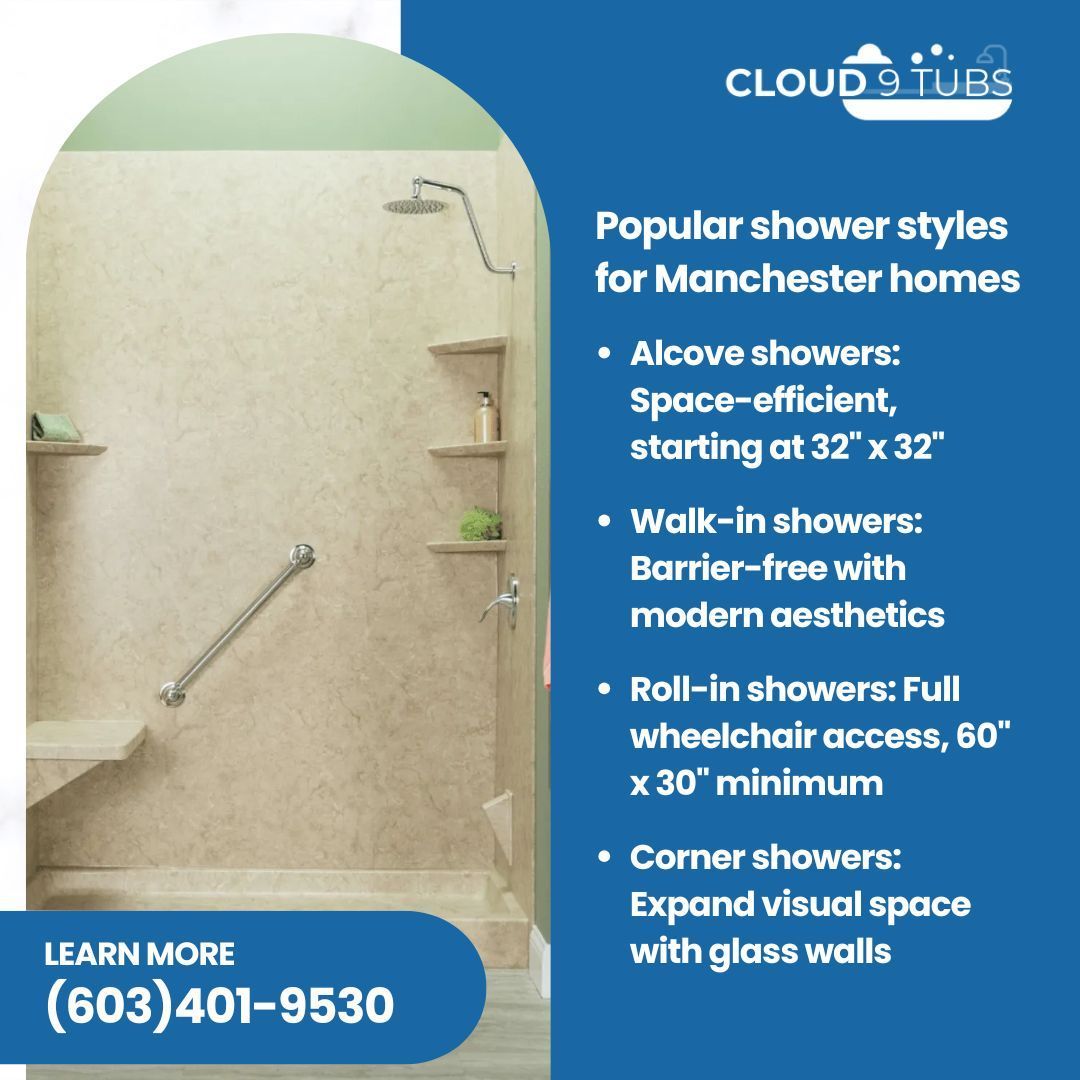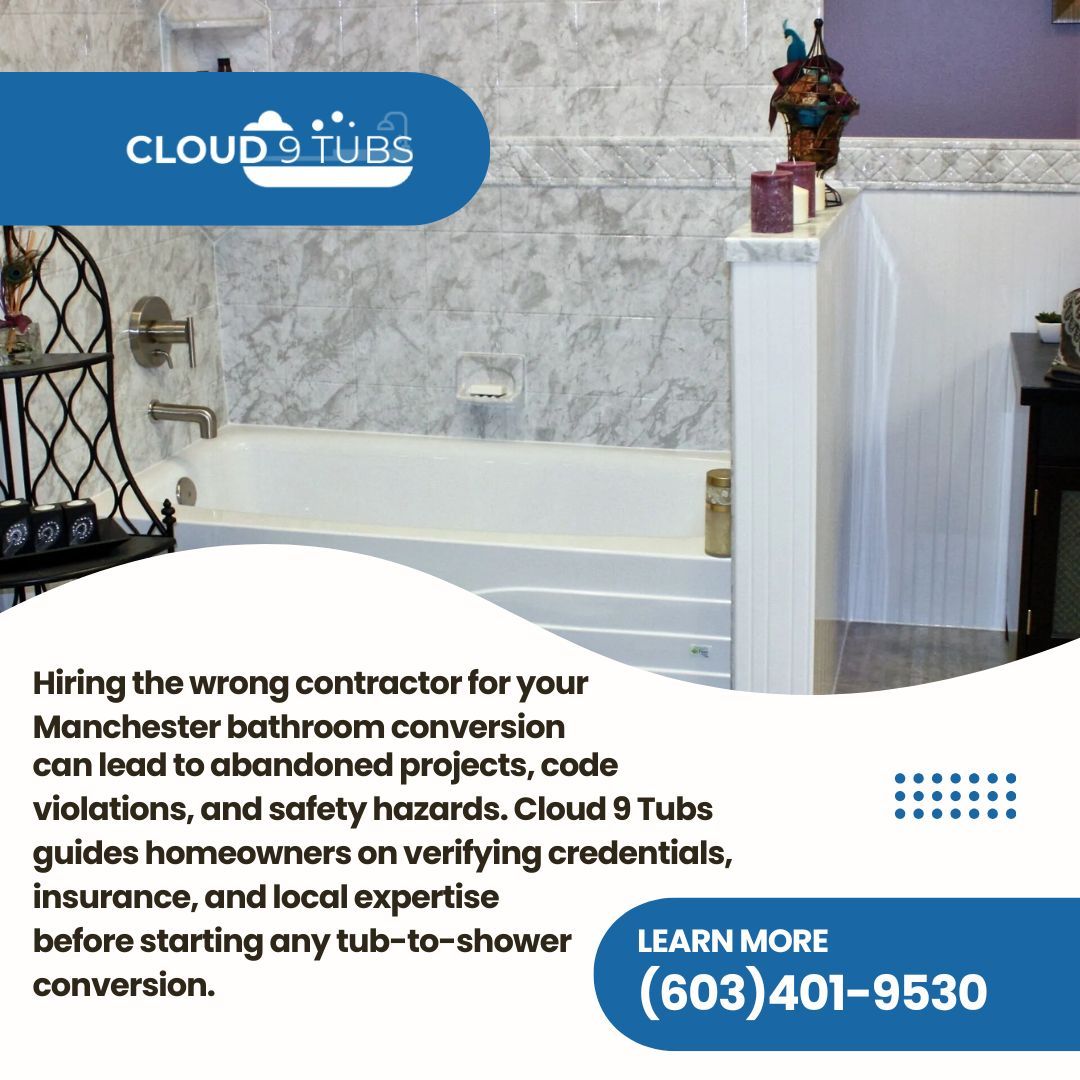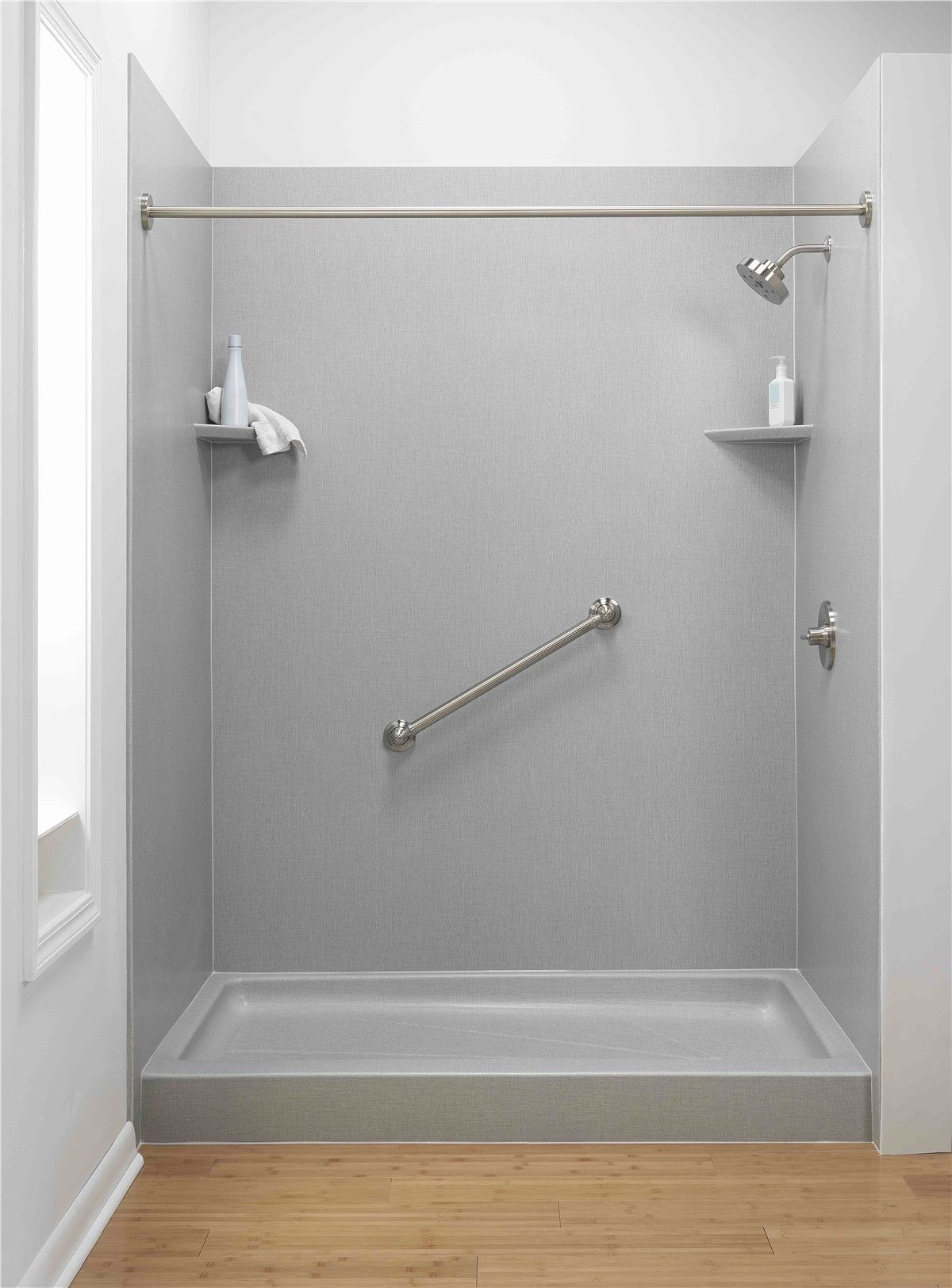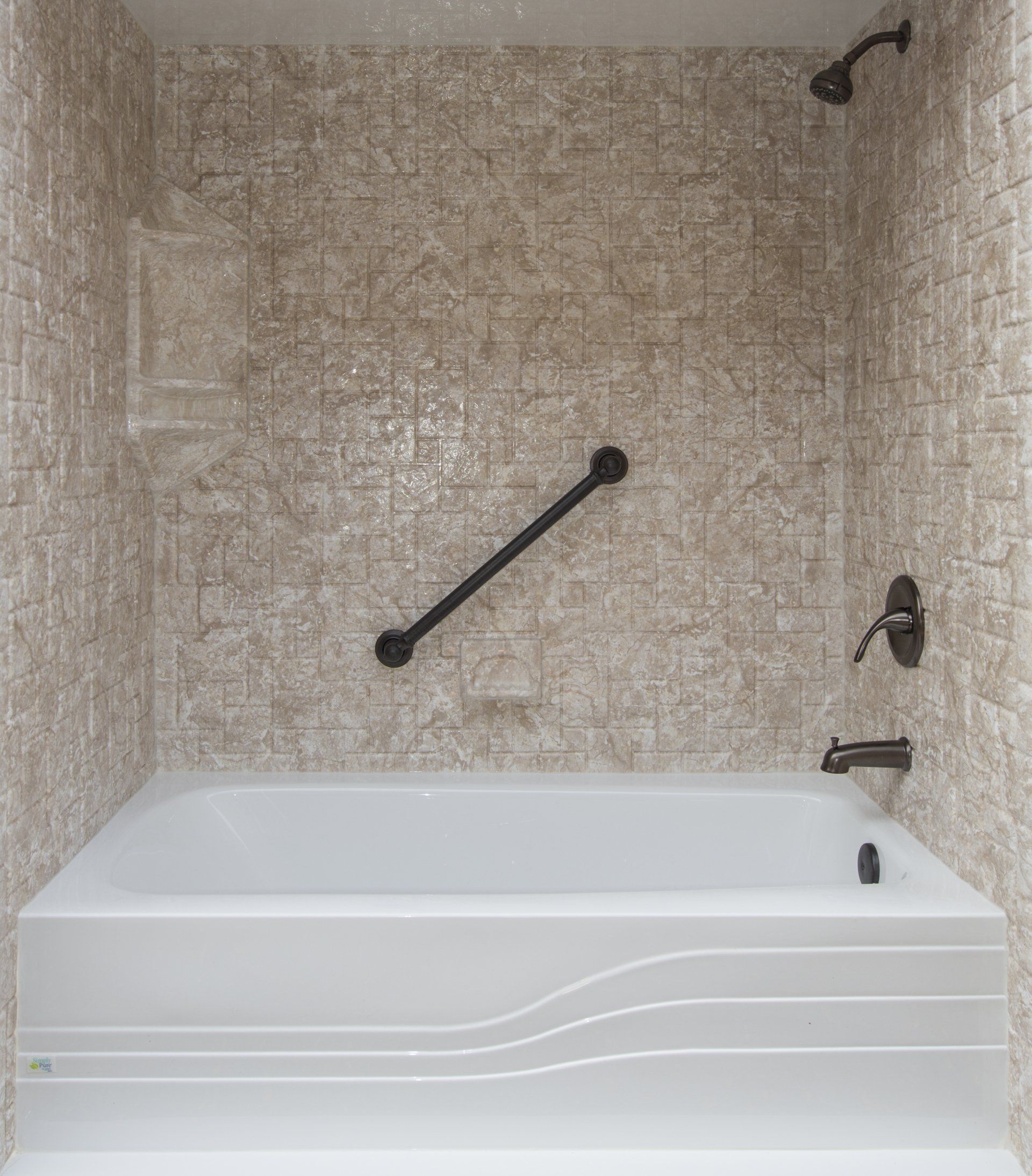Everything You Need to Know About Roll-In Shower Pans: A Comprehensive Guide
So, you're thinking about upgrading your bathroom and making it more accessible, and a roll-in shower pan might be just what you need. But what exactly is a roll-in shower pan, and why might it be the perfect addition to your bathroom? Let’s dive into the basics to help you get started.
A roll-in shower pan is a crucial component of a roll-in shower, a type of shower specifically designed to be easily accessible, especially for individuals with mobility challenges. Unlike traditional shower setups, a roll-in shower pan allows for a smooth, seamless transition from the bathroom floor into the shower area. There’s no need to step over a high curb or lip, which makes it incredibly convenient and safe for everyone, particularly those who use wheelchairs or have difficulty with balance.
When we talk about roll-in shower pans, we’re discussing the foundation or the base of the shower that supports the entire structure. This pan is typically sloped to ensure proper drainage, guiding water toward the drain and away from the shower area, preventing water from pooling or spilling out into the bathroom. This design not only enhances safety but also contributes to the overall aesthetic of the bathroom, making it look sleek and modern.
But why should you consider installing a roll-in shower pan? Well, for starters, it offers a level of accessibility and independence that is hard to beat. Whether you're planning for your future needs or you want to make your bathroom safer for an elderly family member or a loved one with mobility issues, a roll-in shower pan can make a significant difference. Plus, it's not just about functionality—roll-in showers can also be a stylish addition to any bathroom, adding a modern and sophisticated touch that can elevate the entire space.
One of the great things about roll-in shower pans is that they come in various materials and styles, so you can choose one that fits your specific
needs and aesthetic preferences. Whether you’re looking for a pan that blends seamlessly with the rest of your bathroom or something that stands out as a statement piece, there’s a roll-in shower pan out there that’s perfect for you.
Choosing the Right Material for Your Roll-In Shower Pan
Now that we’ve covered the basics of what a roll-in shower pan is and why it’s a fantastic addition to any bathroom, it’s time to delve into one of the most important decisions you'll make—choosing the right material for your roll-in shower pan. This choice can significantly impact not just the look of your bathroom, but also its functionality and longevity.
Common Materials for Roll-In Shower Pans
When it comes to selecting a roll-in shower pan, you’ll find that there are several popular materials to choose from. Each material has its pros and cons, and the best choice for you will depend on your specific needs, budget, and aesthetic preferences. Here are some of the most common materials:
1. Acrylic:
Acrylic is one of the most popular choices for shower pans, and for good reason. It’s lightweight, durable, and easy to clean. Acrylic pans come in a wide variety of colors and designs, allowing you to match your shower pan to your bathroom decor effortlessly. One of the biggest advantages of acrylic is its non-porous surface, which resists mold, mildew, and stains. However, it’s important to note that acrylic can be prone to scratching, so you’ll want to be mindful of how you clean and maintain it.
2. Fiberglass:
Fiberglass is another excellent option, known for its affordability and ease of installation. Like acrylic, fiberglass is lightweight and can be installed relatively quickly. It’s also fairly durable and resistant to cracking. However, fiberglass can be a bit more challenging to clean than acrylic and may require regular upkeep to maintain its appearance. Over time, it might show signs of wear and tear, particularly in high-traffic bathrooms.
3. Tile:
For those looking for a more customizable option, a tiled shower pan might be the way to go. Tile allows you to create a unique design that matches your personal style and the overall aesthetic of your bathroom. It’s a durable option that can withstand heavy use, but it does require regular maintenance to keep the grout clean and prevent mold growth. The installation process can be more involved compared to other materials, so it’s something to consider if you’re looking for a quick upgrade.
4. Solid Surface:
If you’re aiming for a luxurious, high-end look, solid surface materials like Corian or Swanstone might be the perfect fit. These materials are known for their seamless appearance and durability. They’re non-porous, which means they’re resistant to mold, mildew, and staining, making them incredibly easy to maintain. Solid surface pans are on the pricier side, but the investment can be worth it for the aesthetic and functional benefits they offer.
5. Cast Iron:
For those who prioritize durability above all else, cast iron shower pans are virtually indestructible. They’re heavy, sturdy, and can last a lifetime with proper care. Cast iron pans are typically coated with enamel, providing a smooth, easy-to-clean surface. However, the weight of cast iron can make installation more complex, and it tends to be more expensive than other materials. That said, if you’re looking for a long-term solution, cast iron is hard to beat.
Making the Right Choice
Choosing the right material for your roll-in shower pan ultimately comes down to what you value most—whether it’s ease of maintenance, durability, cost, or aesthetics. If you’re looking for something affordable and easy to install, fiberglass or acrylic might be your best bet. If you want a luxurious, custom look, consider tile or solid surface materials. And if you’re after a shower pan that will stand the test of time, cast iron is an option worth exploring.
When making your decision, think about your lifestyle, how often the shower will be used, and how much time you’re willing to spend on maintenance. It’s also worth considering the overall design of your bathroom and how the shower pan will fit into that space.
Remember, at Cloud 9 Tubs, we’re here to help you every step of the way. We offer personalized consultations to ensure you choose the perfect roll-in shower pan for your home. Whether you’re in the early stages of planning or ready to make a decision, we’re just a phone call away. Contact us, today!
Blog






